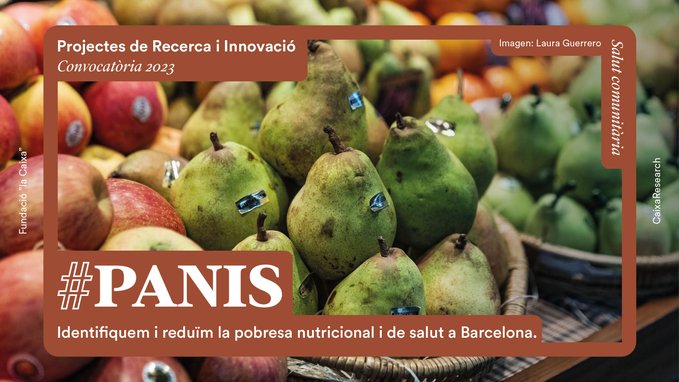Project aims to reduce nutritional and health poverty in Barcelona
A new project led by ICTA-UAB will tackle the problem of nutritional and health poverty in the city of Barcelona, with the aim of designing and implementing interventions to promote healthy and sustainable diets, adapted to the socio-economic reality of the city's different neighborhoods.

The "Nutritional Poverty and Health" (PANIS) project, led by ICTA-UAB researcher Gonzalo Gamboa, is one of the fourteen research and innovation proposals to have received funding from the 2023 call under the framework of the Barcelona Science Plan of the Barcelona City Council, in collaboration with the Fundació "la Caixa".
Currently, 13.3% of households in Spain suffer from food insecurity in terms of the quantity and quality of their food. Specifically, in Barcelona, 65.2% of people on low incomes suffer from obesity, a figure that rises to 70.2% for people with no education.
Studies show that this food insecurity is closely linked to lifestyle and quality of life, obesity and overweight, leading to cardiovascular disease and diabetes.
The PANIS project, funded with €149,860 and involving the University of Barcelona, the Metrópoli Institute and UpSocial SL, aims to identify neighborhoods, households and social groups at risk of economic, food and health poverty in Barcelona.
To this end, a database will be created with information on the annual nutrient intake and health status of household members, as well as living conditions by household typology according to income and household demographic structure. This will be used to create a map of Barcelona's neighborhoods and identify those that are vulnerable in terms of the above-mentioned aspects, in order to design and implement advocacy programs on healthy and sustainable food that are appropriate and adapted to the socio-economic reality of each neighborhood.